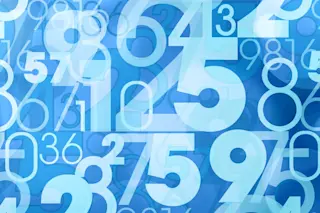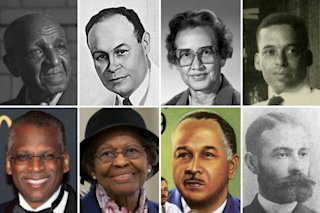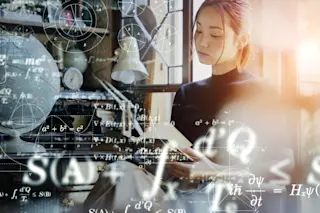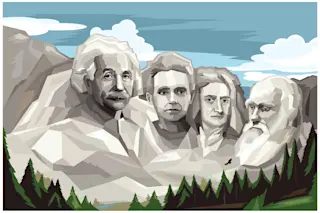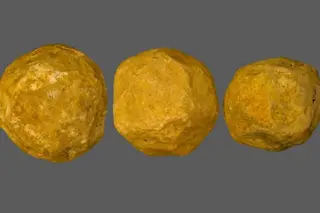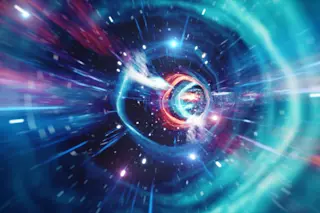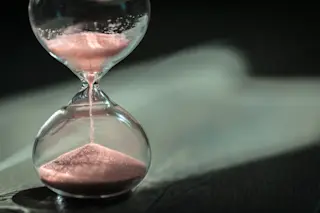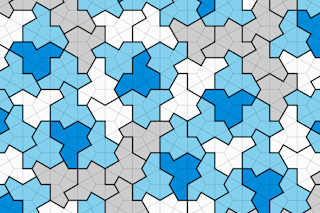One morning at two o’clock, Alan Natapoff recalls, I realized that I was the only person willing to see this problem through to the end. The morning in question was back in the late 1970s. Then as now, Natapoff, a physicist, was spending his days doing research at mit’s Man-Vehicle Laboratory, investigating how the human brain responds to acceleration, weightless floating, and other vexations of contemporary transport. But the problem he was working on so late involved larger and grander issues. He was contemplating the survival of our nation as we know it.
Not long before Natapoff’s epiphany, Congress had teetered on the verge of wrecking the electoral college, an institution that has no equal anywhere in the world. This group of ordinary citizens, elected by all who vote, elects, in turn, the nation’s president and vice president. Though the college still stood, Natapoff worried that sometime soon, well-meaning reformers ...




